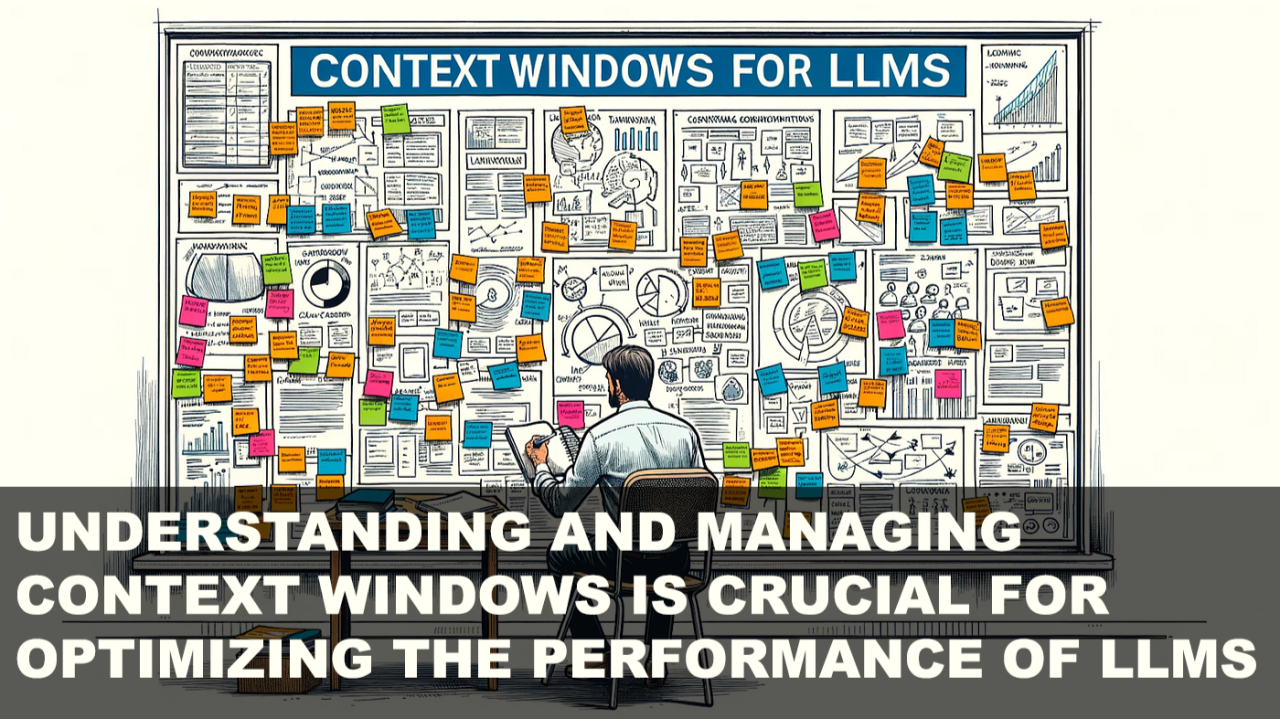
Understanding Context Windows in Large Language Models: A Deep Dive
Marko Luki?i?
Founder of AI & Electronics Startups | Top Management in IT & Hospitality | AI Technology Expert | Seasoned Technical Lead & Solution Architect | Product Development in B2B/B2C/SaaS
Large Language Models (LLMs) like GPT-4 and Google Gemini are revolutionizing how we interact with technology by providing sophisticated text generation capabilities. However, one crucial aspect often overlooked in their evaluation is the context window. This parameter significantly influences how well an LLM performs in processing and generating text. Here’s a detailed look into the context window, its implications, and how it shapes the functionality of modern LLMs.
What is a Context Window?
The context window defines the maximum amount of text an LLM can process at once. Essentially, it dictates how much of the preceding conversation or text the model can remember and utilize for generating coherent responses. LLMs operate on a transactional basis, meaning they don’t retain memory between interactions. Instead, each input needs to include the necessary context from previous interactions to maintain continuity.
For example, OpenAI GPT-4 boasts a context window of 128,000 tokens, equivalent to around 96,000 words or 256 pages of text. While this might seem substantial, it’s relatively small when dealing with complex documents or extended conversations.
Challenges Beyond the Context Window
When the input exceeds the context window, the LLM can only consider the most recent portion of the text. This limitation can disrupt the continuity of the output, often resulting in incomplete or incoherent responses, particularly if the model reaches its token limit during text generation.
We recently encountered this issue when a publishing house sought assistance with their LLM model for generating book content. The model’s limited context window led to inconsistencies after several chapters, as it struggled to maintain coherence with earlier content.
Techniques to Address Context Window Limitations
Several strategies exist to mitigate the issues arising from a constrained context window:
领英推荐
New Developments in Context Window Capabilities
谷歌 ’s Gemini models have made strides in addressing context window limitations. Gemini 1.5 offers a context window of 1 million tokens, and the Gemini 1.5 Pro extends this to 2 million tokens—equivalent to approximately 100,000 lines of code or 16 novels. Despite these impressive figures, practical constraints remain:
The Role of Tooling
Beyond the context window, the effectiveness of an LLM largely depends on the tooling surrounding it. Tools and integrations enhance how models are used in complex systems. For example, OpenAI and Anthropic invest heavily in tooling to improve the functionality of their models. Anthropic's Claude Enterprise plan, for instance, includes a 500K context window, increased capacity, and integrations with platforms like GitHub, enabling more effective and secure collaborations.
Conclusion (gosh I hate this kind of titles)
The context window is a critical yet often underestimated feature of LLMs, influencing their performance and utility in various applications. While advancements are being made, understanding and managing the limitations of context windows remains essential for deploying LLMs effectively, especially in complex or lengthy text generation tasks. The ongoing development of model capabilities and tooling continues to enhance the practical applications of these powerful technologies.